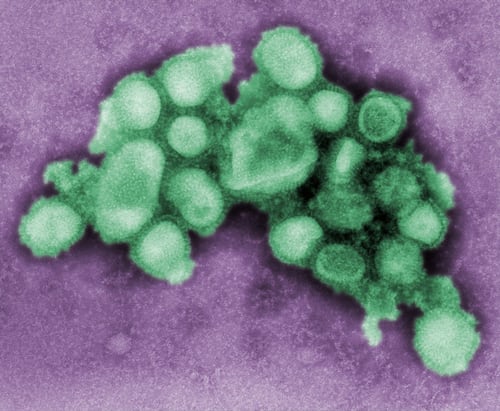In general, contagious diseases are manifested by the transmission of a previously infected person to another previously healthy person. However, some diseases seem to be more contagious than others. What are these diseases? This article introduces you to some of them.
Influenza

Influenza appears to be one of the viral and contagious diseases. This disease is caused by a virus called influenza virus (a virus that exists in several forms). It has its own season of contamination which is winter. In fact, being transmissible by direct contact or touching infected materials, this disease resists for a long time outside the body. Thus, recommendations are made during the winter to cure this disease. These include frequent hand washing, protecting the mouth well before sneezing and regularly airing the home.
Chickenpox
As everyone knows, chickenpox is highly contagious. It is caused by the varicella zoster virus (vzv), which has two routes of transmission. These include: direct skin-to-skin transmission and airborne transmission (sneezing, coughing). Generally, the infection of this disease occurs 48 hours before the first spots on the body are discovered. There is no fixed age for catching chickenpox. However, most cases occur by the age of 10.
Mononucleosis
Mononucleosis is a disease caused by the Epstein-Barr virus. There is only one route of transmission: contact with saliva. It should be noted that most children are infected from a young age. At this stage of contamination, the disease remains unidentifiable. This is the reason for the risk of the disease spreading during adolescence.
HIV
The Human Immunodeficiency Virus (HIV) appears to be one of the highly contagious diseases that is transmitted sexually. This sexual transmission takes several forms such as: transmission from mother to child, unprotected sexual intercourse including anal, oral and vaginal penetration. It gradually destroys the cells programmed to ensure the body’s immunity.

